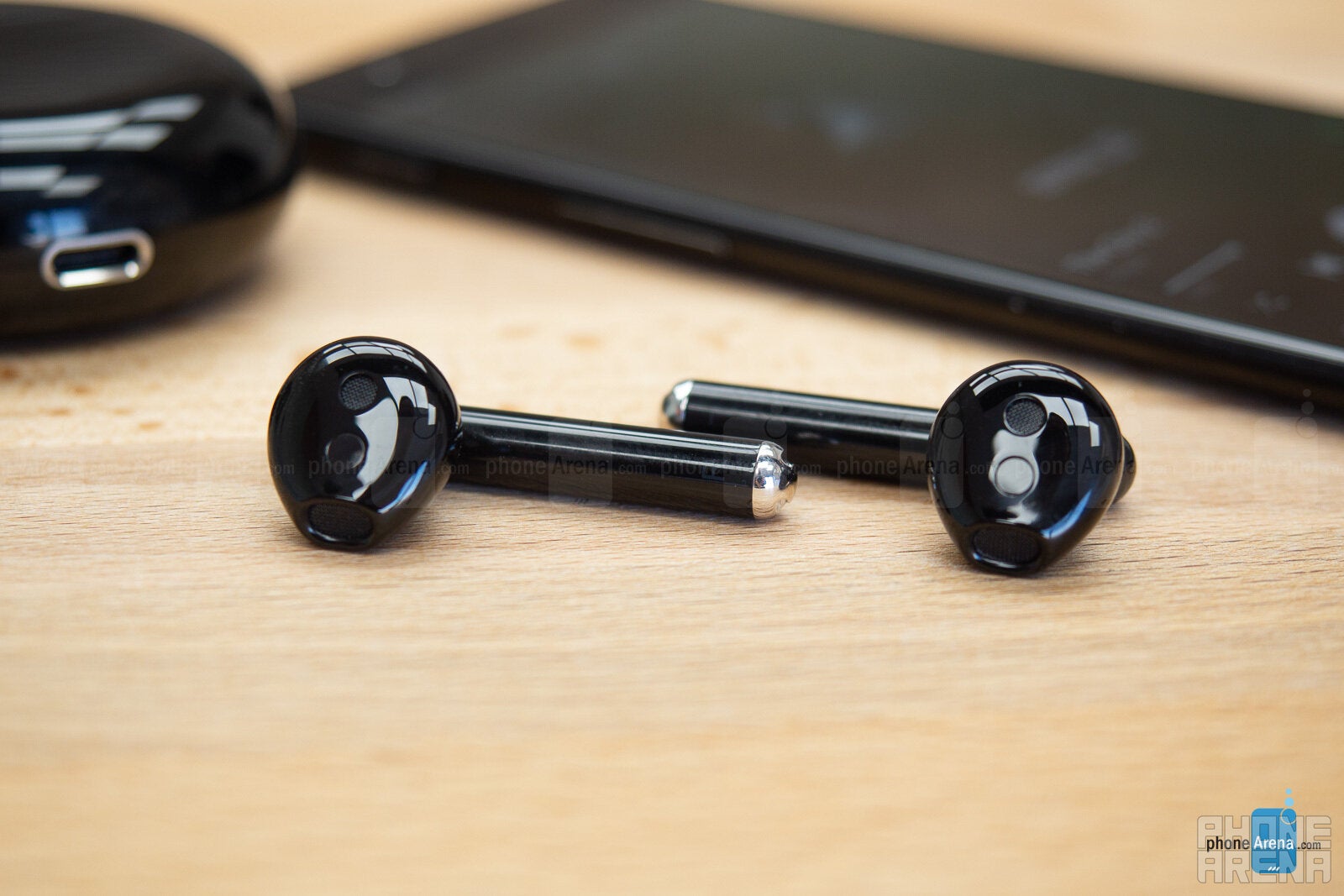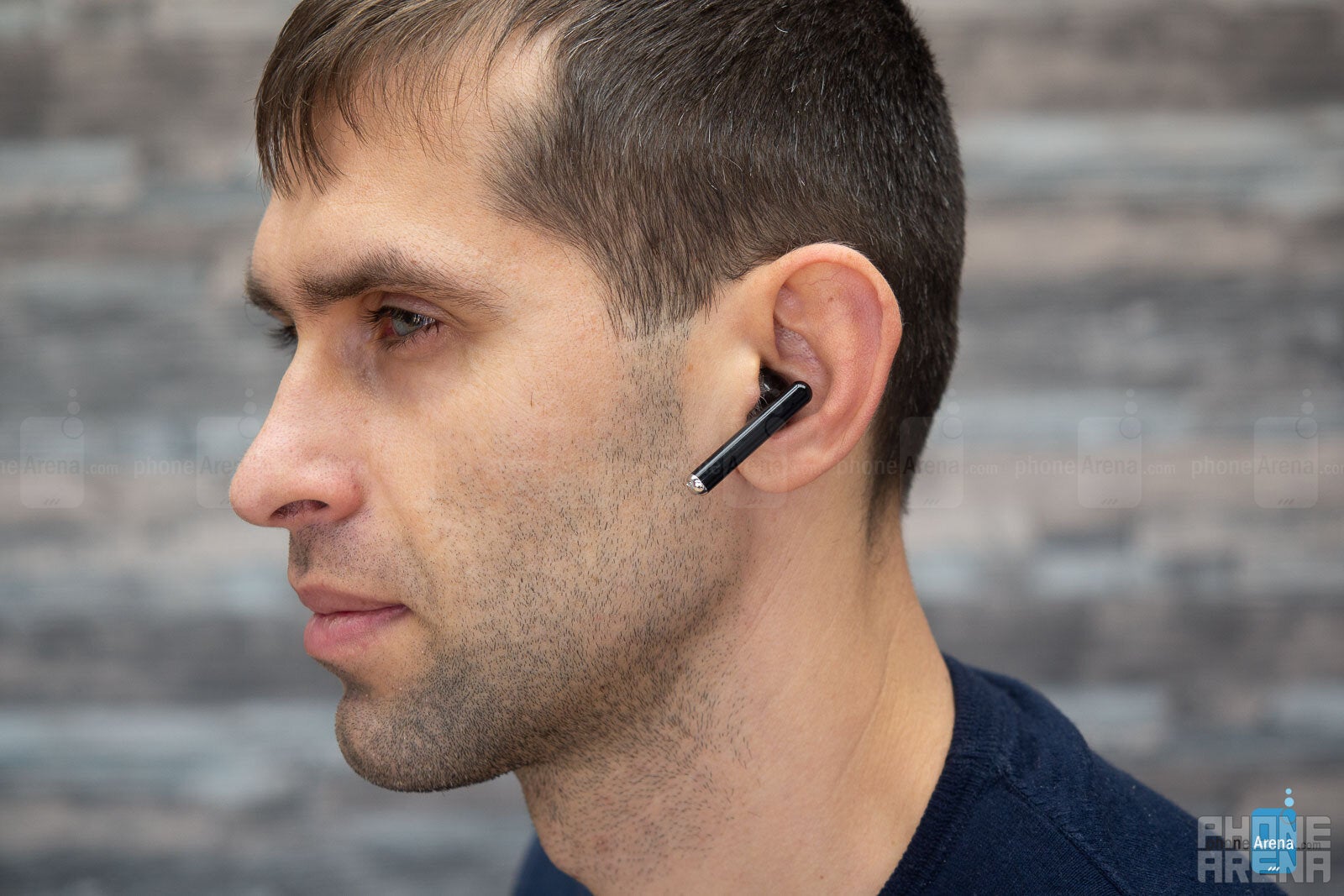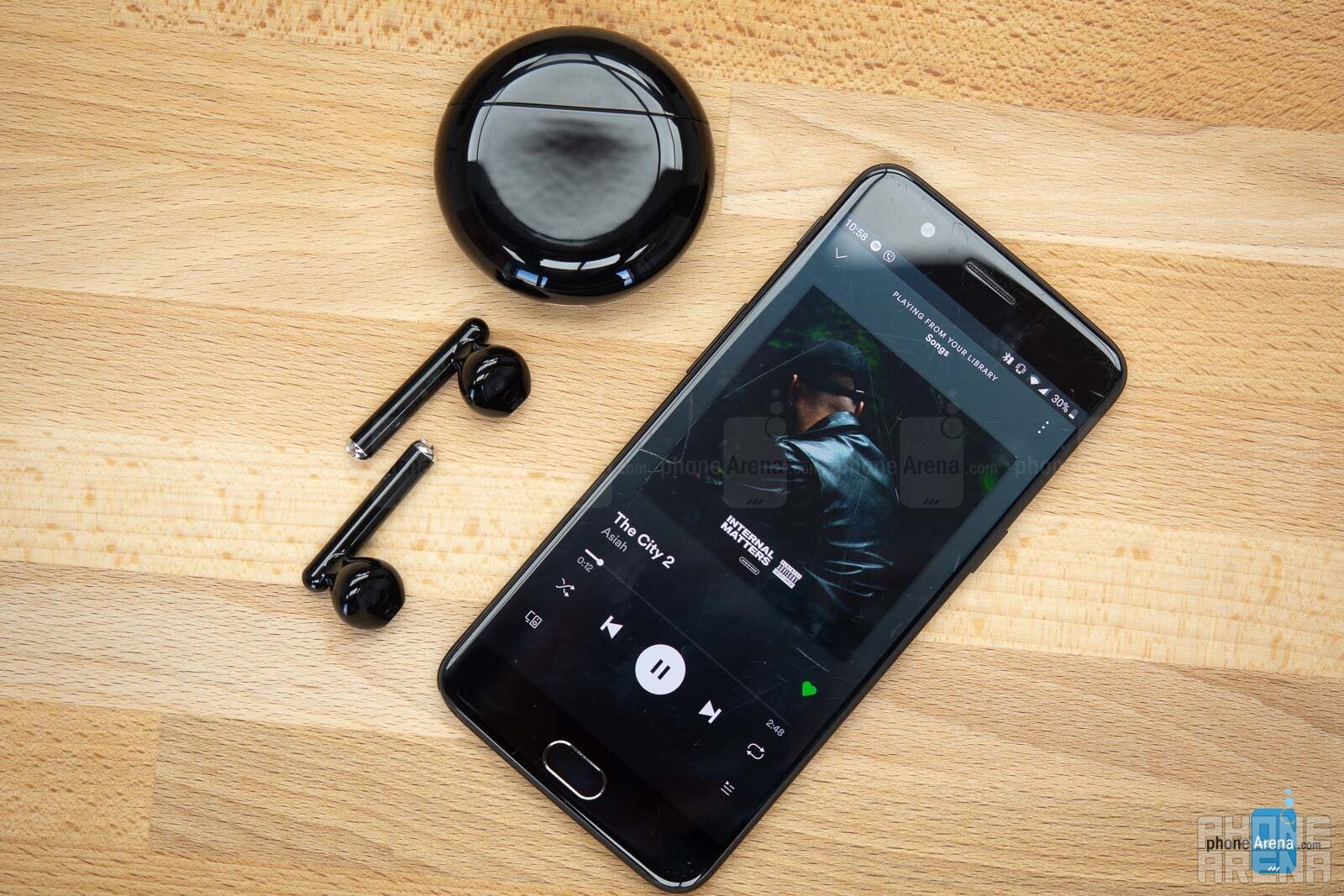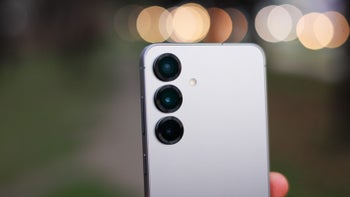Huawei FreeBuds 3 Review

Rival companies have tried to replicate their success whilst also avoiding any comparisons by introducing Android-focused alternatives with in-ear designs. But Huawei, unlike the rest, isn’t bothered about being compared to Apple.
The company admits that its newest entry, the Huawei FreeBuds 3, has been positioned as a direct competitor to Apple’s non-Pro AirPods and, as it turns out, the results are pretty impressive.
Design
Huawei’s third-generation wireless earphones build upon the design language that was first introduced on last year’s FreeBuds 2 Pro. The open-fit style has been maintained but the stem on both FreeBuds is now much slimmer.
Perhaps the biggest differentiator for Huawei’s earphones is the accompanying charging case. It’s quite compact, easily slides into your pocket, and ultimately stands out from the competition because of its circular shape.
Audio quality
The audio experience of FreeBuds 3 is decent but certainly nothing to rave about. Huawei has designed them as all-rounders and that’s quite obvious when listening to music or any other media.
If you’re looking for outstanding sound quality you probably won’t be surprised to hear that these earphones aren’t for you. But they do compare quite favorably to Apple’s alternatives. FreeBuds 3 have quite a bit more bass and a richer overall sound, although these improvements come at the expensive of some volume.
Another factor that makes Huawei’s earphones stand out (on paper) from similarly priced options is the presence of active noise cancellation. It apparently works up to volumes of 15dB and Huawei says it’s most noticeable when talking over the phone. Unfortunately, I could barely notice any difference in testing.

Active noise cancellation can be activated by double-tapping the left earbud although it can be switched to the right earbud inside the Huawei AI Life app on Android if you prefer. This can also be used to adjust the feature to your personal preference, although iPhone users can’t because there’s not an equivalent app.
Ending on a slightly more positive note, microphones are often an overlooked component with earphones but Huawei deserves some kudos here. It has used a hidden microphone design and the results are very impressive. Phone calls sound crystal clear and sending audios via WhatsApp is no issue at all. This is in stark contrast to AirPods, where describing the microphones as absolutely terrible is probably an understatement.
Connectivity
Huawei has made good use of its chipmaker subsidiary, HiSilicon, by creating a proprietary wearables chip that’s featured inside FreeBuds 3. The Kirin A1, as it’s called, successfully ensures a quick and easy pairing process with whatever device you’re using, although the benefits are most noticeable when using a Huawei phone.
If you own a different Android smartphone or an iPhone, you’ll need to head to the Bluetooth menu in the Settings app and press down on the charging case’s pair button. Once the FreeBuds 3 show up, tap the name and start listening, making the overall process quite simple.
The only real downside to using the FreeBuds 3 on non-Huawei phones is the lack of automatic pause & play. This can be quite useful when taking them out of your ears for a brief moment because it stops music instantly. Your media restarts once you’re wearing them again.

As mentioned earlier, there’s no Huawei AI Life app for iOS which, unfortunately, means there’s an extra downside for iOS buyers. That’s because uses can’t check the battery level for the earbuds and case while using them. Nevertheless, the average charge level for the FreeBuds 3 does appear in the operating system’s widgets menu.
While on the topic of connectivity, the company’s efforts to reduce latency during gaming are certainly worth pointing out. Thanks to the Kirin A1 chip, your device communicates with each earbud individually rather than to one main earbud which then connects to the second one.
I’m not the biggest gamer in the world but my untrained ears could notice a small improvement on the FreeBuds 3 over AirPods when using them connected to a Huawei phone. However, when switched over to an iPhone, that disappeared.
Battery life and charging
Expanding on the topic of battery, Huawei’s FreeBuds 3 are rated for 4 hours of use on a single charge. These claims proved true in our testing and in many instances the earphones even exceeded the official numbers, although results will ultimately vary depending on the use case and the connected device.
It only takes about one hour to recharge the included case completely via a USB-C cable. This might sound like quite a long time for such a small item but Apple’s AirPods charging case takes around twice as long to refill, making Huawei’s achievement quite impressive.
If you’re not into cables, the FreeBuds 3 also have you covered because the case adds support for wireless chargers at no extra cost, unlike competitors. To take advantage of the feature, you simply need to place the case on top of the charger, but don’t make the same mistakes I did.
Do note that wireless charging takes significantly longer than wired charging. Huawei has, nevertheless, tried to do its best and says its technology is 50% faster than Apple’s equivalent.
Conclusion
Huawei’s latest wireless earphones pair everything we loved about AirPods, such as their design and simplicity, with active noise cancellation, vastly better microphones, improved compatibility across Android, and a wireless charging case.
As for who should buy Huawei’s FreeBuds 3, we’d recommend these wireless earphones to every AirPods fan out there rocking an Android smartphone. If you own an iPhone, it’s probably best to stay away because not all features are available, although the earphones are undoubtedly still a good purchase if you can live with that.
To summarize things in a short sentence, Huawei FreeBuds 3 are the AirPods alternatives we’ve been waiting for.
Follow us on Google News









Things that are NOT allowed:
To help keep our community safe and free from spam, we apply temporary limits to newly created accounts: